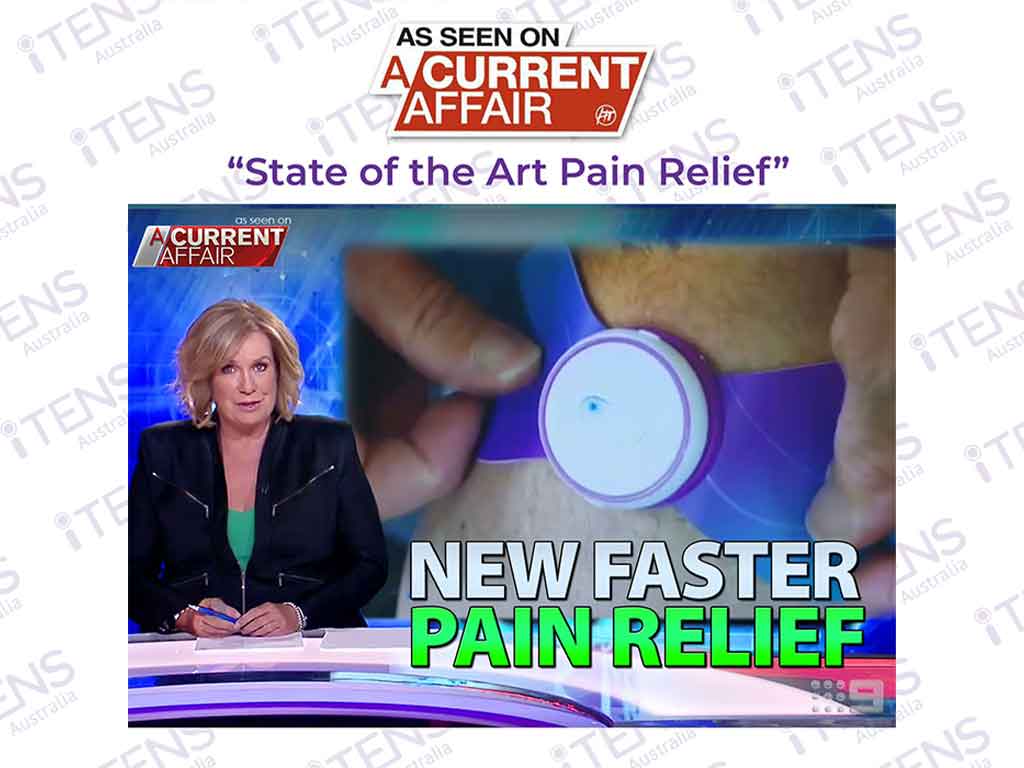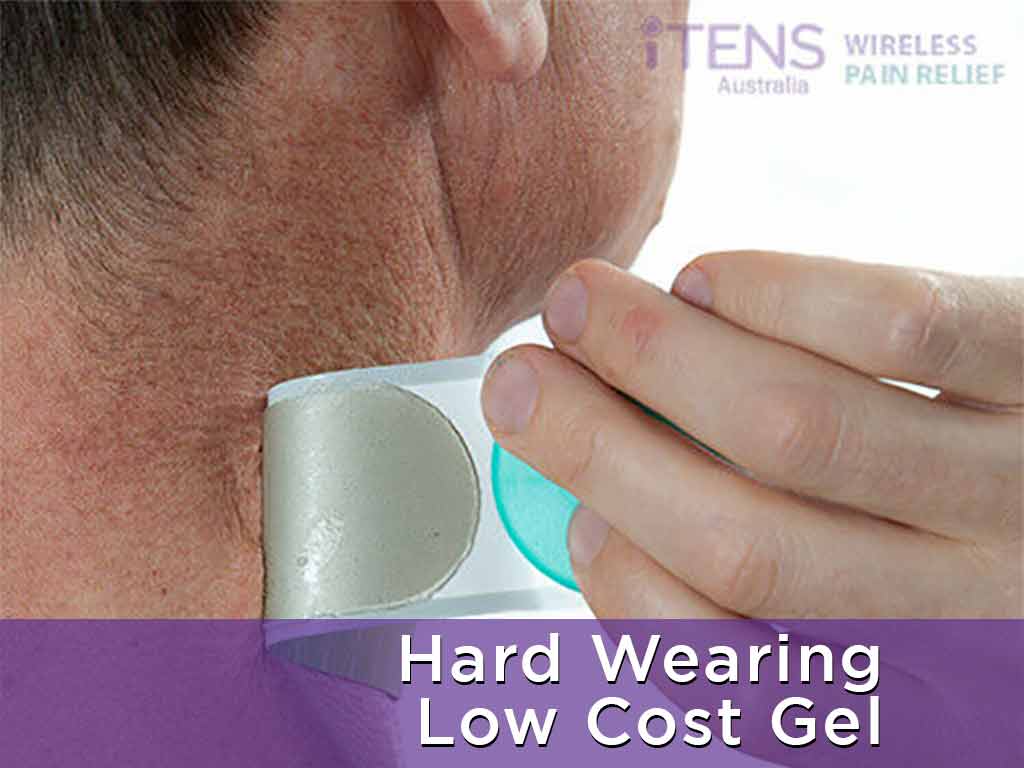
TENS machine electric shocks deliver pain relief by sending electrical pulses to the nerves. These pulses block pain signals from reaching the brain. People often use the low-frequency (LF) setting for chronic pain and the high-frequency (HF) setting for acute pain. Conditions like arthritis, muscle strains, and post-surgery discomfort lead individuals to use these machines. Moreover, TENS machines are a favoured choice among patients seeking drug-free and non-invasive pain management options.
Pain management involves options like oral medications, physical exercise, and Transcutaneous Electrical Nerve Stimulation (TENS) therapy. Many individuals opt for analgesics due to their accessibility and affordability. However, there are instances when medicines may not suffice, and long-term use can bring about unwanted side effects. Alternatively, people often turn to TENS therapy, a natural and non-toxic approach to pain management. This article will provide information about low and high frequencies on TENS machines, along with the necessary safety precautions.
TENS Machine Electric Shock: Low-Frequency
TENS machine electric shock is a popular method of pain relief for a wide range of medical conditions. It involves the use of electrical impulses to stimulate the nerves and block pain signals. One of the settings commonly used in TENS machines is the LF setting. This setting offers effective pain relief without causing discomfort or skin irritation.
Primarily, LF TENS stimulate the body to release endorphins, which are natural pain-relieving chemicals produced by the body. Applying LF electrical current to the skin via electrode pads stimulates sensory nerves, causing the release of endorphins. Moreover, these chemicals not only block the pain signals, but they also promote a sense of well-being and relaxation.
Additionally, when using LF TENS, the device delivers electric currents at a specific frequency range, typically below 10 Hz (hertz). This setting is particularly useful for chronic conditions such as musculoskeletal pain, neuropathic pain, or chronic low-back pain. Hence, it offers a lasting and comfortable way to relieve pain, effectively addressing the difficulties linked to managing long-term pain.
Benefits of Low-Frequency TENS
- Muscle relaxation: LF TENS helps manage conditions like musculoskeletal pain or aids in muscle recovery after intense physical activity.
- Reduced pain tolerance: it has a lower risk of causing tolerance compared to HF TENS, reducing the likelihood of needing stronger electric shocks over time.
- Deeper penetration: LF TENS can reach areas that HF TENS may not target as effectively.
- Ideal for chronic pain: due to its ability to offer long-lasting pain relief, doctors often prefer LF TENS for managing chronic pain conditions.
- Less skin irritation: it is a suitable option for people with sensitive skin or those who are prone to skin allergies or reactions.

TENS Machine Electric Shock: High-Frequency
HF TENS machine electric shock is a form of electrical stimulation that differs from LF TENS in its pain mechanisms. LF TENS relies more on endorphin release. Conversely, HF TENS primarily depend on the pain gate mechanism to block pain signals from reaching the brain.
HF TENS delivers electrical impulses at frequencies above 50 Hz (hertz). This frequency range is particularly suitable for acute pain because it selectively targets Aβ sensory nerves, which transmit non-painful sensations. By stimulating these sensory nerves, HF TENS effectively “closes the gate” to pain messages, reducing the perception of pain.
Acute pain conditions refer to a sudden and intense sensation of discomfort that typically lasts for a short period of time. These conditions include post-surgical pain, period pain, labour pain, head pain, and more. Doctors prefer HF TENS for acute pain as it more effectively blocks pain signals with its targeted frequency. The rapid and intense sensation of discomfort requires a quick response, which HF TENS provides.
Effects of High-Frequency TENS
As previously mentioned, HF TENS offers immediate pain relief effects for individuals suffering from acute or severe pain. HF TENS typically operates at frequencies above 50 Hz, which is higher than LF TENS. This makes it particularly effective in managing sudden or unbearable pain.
However, HF TENS may increase the risk of skin irritation due to its higher electrical pulses. Some individuals might feel redness, itchiness, or even slight discomfort. This usually happens when they use it for a long time or do not place the electrodes correctly. Experts recommend proper electrode placement and taking breaks during treatment sessions.

TENS Machine Electric Shock: How to Avoid Sudden Shocks
To prevent unexpected electrical shocks when using a TENS machine electric shock, one must take necessary precautions. Firstly, always switch off the TENS machine before attaching or removing the electrode pads to avoid accidental activation of the electric current. Furthermore, never touch the electrodes while the machine is active to prevent unexpected electric shocks.
Secondly, proper electrode placement is crucial for achieving the intended therapeutic benefits and minimising the shock risk. Follow the manufacturer’s provided instructions carefully for electrode pad placement. Additionally, regularly inspect the TENS machine for any signs of damage or wear, such as frayed wires or loose connections.
Thirdly, it is essential to avoid contact with water when using a TENS machine. Water can conduct electricity and increase the risk of electric shocks. Keep the electronic device dry and refrain from using it in wet environments like the bathroom or shower. Also, ensure that the skin is clean and dry before attaching the electrode pads to maintain proper conductivity.
Other Safety Precautions
Apart from the mentioned precautions, there are other important measures to keep in mind when using a TENS machine. For instance, people should avoid using the machine on irritated or broken skin. This is because the electrical impulses can further aggravate the skin condition or even cause additional discomfort.
Additionally, individuals with pacemakers or other electronic medical devices should not use a TENS machine. These implanted devices can be sensitive to electrical currents, and using a TENS machine may interfere with their normal functioning. It is best to consult a healthcare professional before starting TENS therapy.
Conclusion
TENS machine electric shocks offer versatile pain relief options through different frequency settings. LF TENS stimulates endorphin release, providing lasting comfort for chronic pain conditions. On the other hand, HF TENS blocks pain signals through the pain gate mechanism. It provides swift pain relief, particularly effective for acute pain conditions such as post-surgical pain. Both settings offer efficient pain management tailored to the nature and duration of the discomfort.
To prevent unexpected electrical shocks, one must follow proper safety precautions when using a TENS machine. Firstly, always switch off the machine before attaching or removing electrodes. Secondly, make sure to place the electrodes correctly according to the manufacturer’s instructions. Thirdly, regularly check the machine for any damage. Lastly, avoid getting it wet, as water can carry electricity and increase the risk of shocks. By following these precautions, one can ensure the safe and effective use of the TENS machine.




















